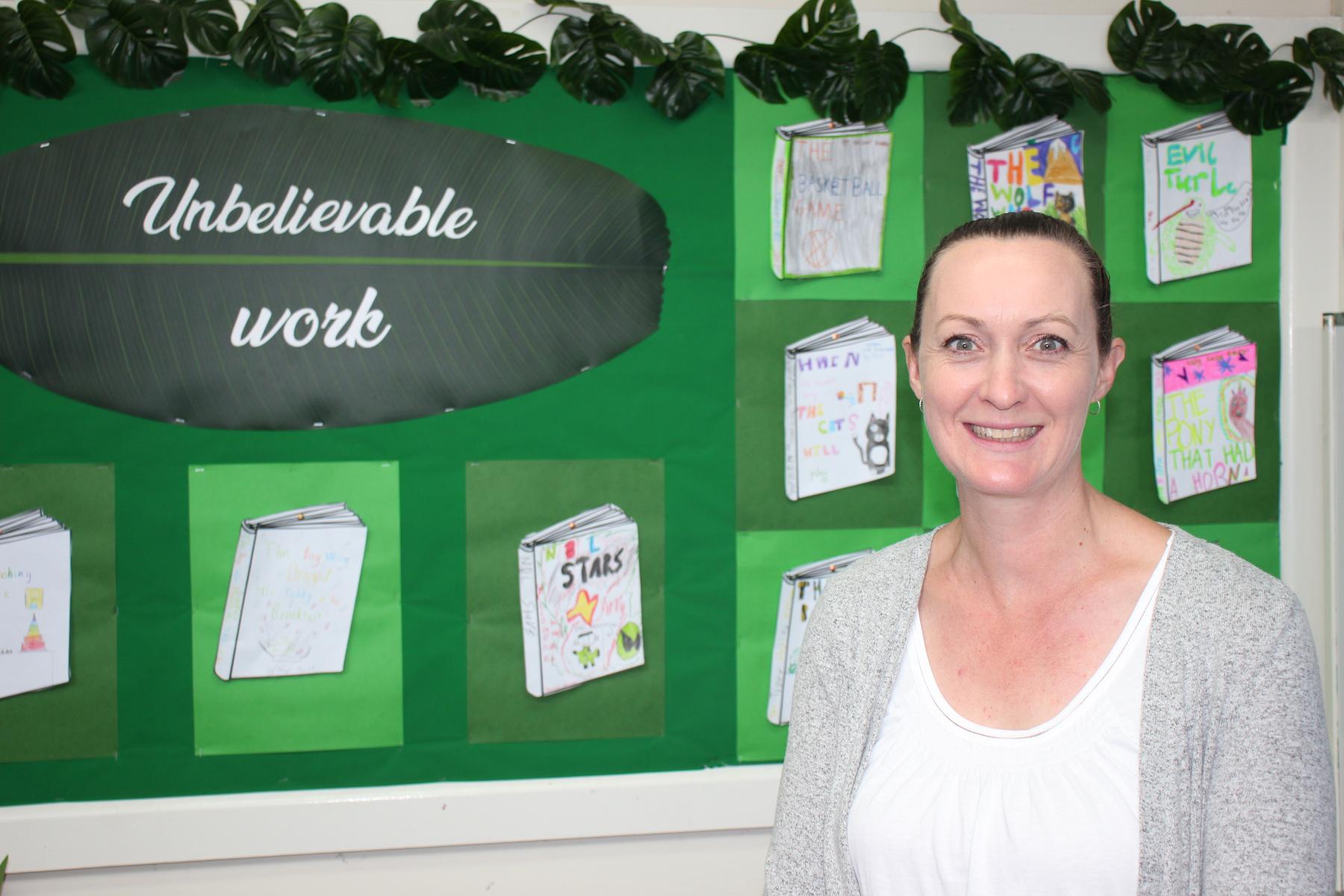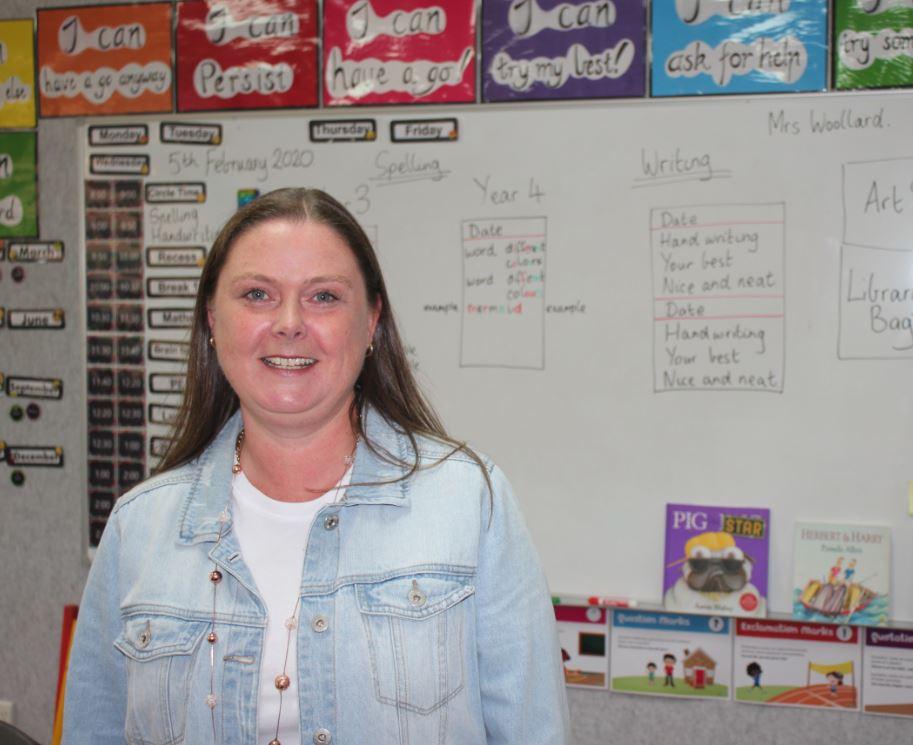Year Three/ Four

Communicating with the Year Three/Four Team
We look forward to partnering with you in 2020, and welcome your input:
Mel Rowe (Class 34A) Melinda.Rowe@education.vic.gov.au
Meghan Henchley (Class 34B) Meghan.Henchley@education.vic.gov.au
Melissa Woollard (Class 34C) Melissa.Woollard@education.vic.gov.au
An Overview of our Learning
Please see below an overview of our Inquiry Learning for Term Three.
Unit Title: Earth, Moon & Sun Through Line: Our World & Beyond Learning Area/s: Earth & Space Science/Geography
|
Content: Science Content Descriptors – Physical Sciences Science as a human endeavour
Earth and space sciences
Science Content Descriptors – Science Inquiry Skills Questioning and predicting
Planning and conducting
Recording and processing
Analysing and evaluating
Communicating
Geography Content Descriptors Place, space and interconnection
Data and information
Achievement Standards: By the end of Level 4:
Science – Science Understanding
Science – Science Inquiry Skills
Geography
|
Unit Title: Earth, Moon & Sun Through Line: Our World & Beyond |
| Themes: Students investigate the relationship between the Earth, the Moon and the Sun. They study the seasons in relation to this connection and they look for evidence of seasonal changes in geographical spaces. Students explore how the Moon causes regular changes to tides and oceans. Finally, they investigate how the Earth’s rotation on its axis causes regular changes in further detail, and how this affects human activity. |
Questions: How is the Earth, the Moon and the Sun connected? What are the seasons? Why do seasonal changes occur? What affect do seasonal changes have on the Earth’s surface? How do seasonal changes impact human activity? How does the Moon cause changes to the Earth’s surface? Where can these changes be seen in the natural environment? How can we use science investigations to respond to questions? How can we record and present our observations?
Key Understandings: How people use science in their daily lives. The Earth’s rotation around the Sun Seasons and seasonal changes The Earth rotates on its axis to cause night and day. The relationship of the Earth and the Moon The impact of changes to human activity Posing scientific questions and conducting investigations. The recording, sorting and representation of their observations. |



